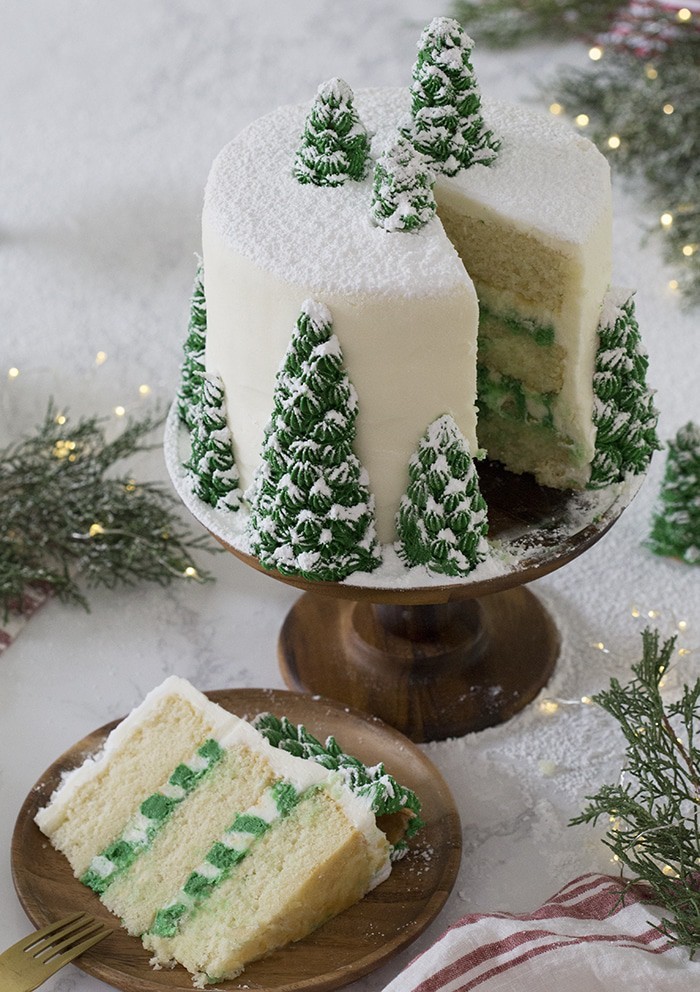Lifestyle
A Beginner’s Guide To Fly Fishing
Fly rods are measured and assessed in various ways, which can be confusing. When you hear a fly fisherman say they use an eight-foot, four-weight rod with fast action, you may quite understandably wonder what on earth that all means. Let’s break it down:
- Fly rod weight is arguably the most important consideration. The weight of a fly rod corresponds to the weight of the line it’s meant for. Fly line weight, for what it’s worth, refers to the actual physical weight of the line itself. Fly rods range from a one-weight (lightest) to a 14-weight (heaviest) and as a general rule, heavier rods are meant for casting heavier lines and catching bigger fish.
- Fly rod length is partly a matter of preference, but certain weight rods feel more balanced at a certain length. The most common sizes are eight-foot and nine-foot, but fly rods are also available in much shorter and longer models. Long rods are generally better for making long casts, while short rods have the advantage of being easier to maneuver in tight spaces.
- Fly rod action refers to the flexibility of the rod, and how much of it bends during a cast. Slow-action rods are the most flexible, bending as far as the midsection of the rod, and fast-action rods are the least flexible, bending only at the very tip. Medium and medium-fast action rods are generally easiest to cast.
- Number of pieces is another way to look at fly rods. Two-piece and four-piece rods are most common, with two-piece rods generally being considered superior. That said, there’s no reason to write off a four-piece rod, especially as a beginner. Four-piece rods are easier to transport, and there are some really great entry-level models.
- Fly reels are rated by weight, much in the same way rods are, and it’s important to choose a corresponding rod and reel so that the reel can hold the necessary amount of the appropriate line. Many fly anglers purchase a rod-and-reel combo, which ensures that the two components are balanced.
What’s the Best Fly Rod?
I’ll start by saying that there’s no perfect answer to this question. As you get more and more into fly fishing, you might find yourself owning multiple rods, each best suited to a different situation or style of fishing. Still, it’s always good to have a solid, jack-of-all-trades rod to start out on.
AI01




















